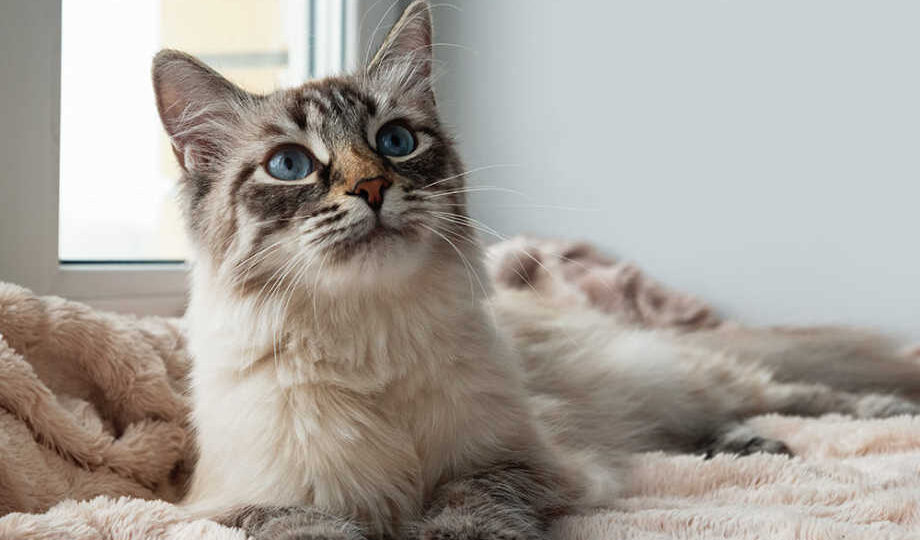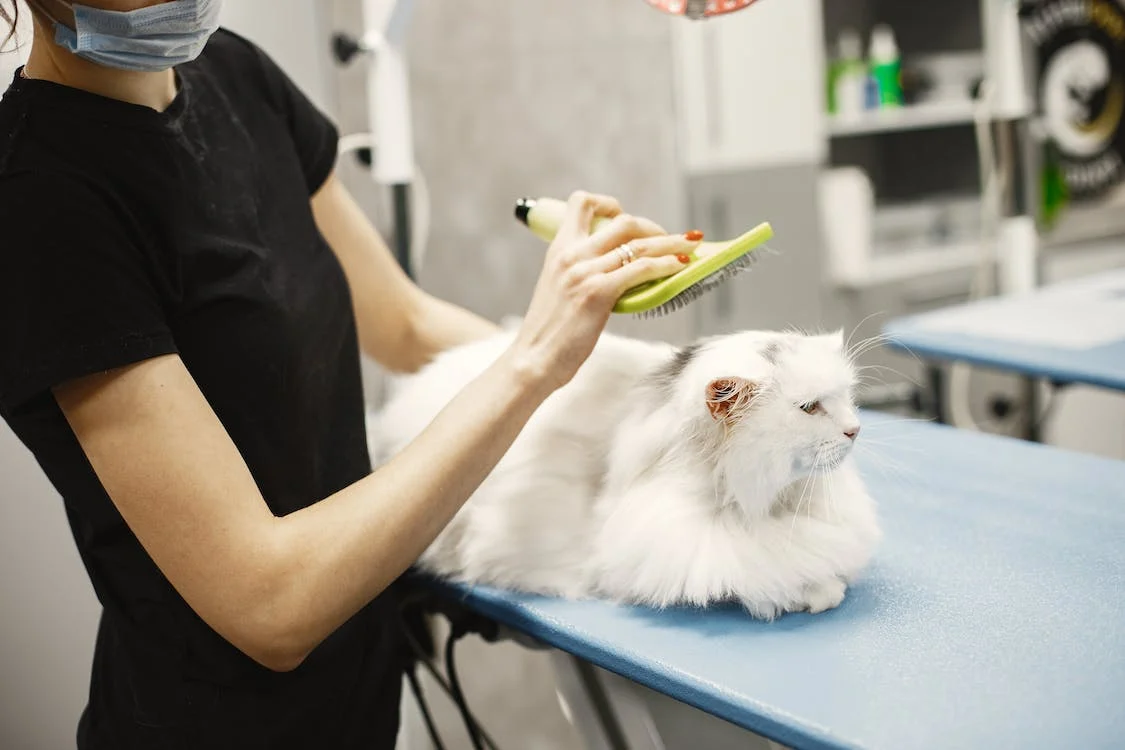
The Role Of Diet and Environment In Preventing Tapeworms In Cats
Learning more about our beloved furry companions is a never-ending journey, and as cat enthusiasts, we warmly invite all those who share our passion to join us on this quest.
Today, we’re going to talk about a tricky subject called tapeworms in cats. Understanding how diet affects parasite treatment and prevention can help us win the battle.
We’ll dive into the research on tapeworms and reveal essential dietary guidelines to keep your cat tapeworm-free. This post is perfect for cat enthusiasts, current or future cat owners alike. So, settle in with your furry companion as we uncover how diet and environment play a key role in managing tapeworms in cats.
The Symptoms Of Tapeworm Infection In Cats
Responsible cat owners must identify tapeworm symptoms in their pets. Cestodes, which include the tapeworms that can infect your cat, are flat and segmented worms.
They attach to the lining of the intestine and feed off of your cat’s food, which can cause a number of problems. Dipylidium caninum and Taenia taeniaeformis are the two most common tapeworm species in felines. You can quickly get your cat healthy and happy if you are aware of what to look for.
Some red flags to keep an eye out for are:
- Visible Worm Segments: Individual worm segments are called proglottids and can be seen in a tapeworm. These pieces of the tapeworm are shed as the worm develops, and they can be noticed in your cat’s poop or in the area of the genitalia. They can also be found in the cat’s bedding or in the fur near the tail. These proglottids may first appear small, white, and wriggling, but once they have stopped moving, they resemble flat, golden-brown sesame seeds.
- Excess Weight Loss and Elevated Appetite: Tapeworm-infected cats often lose weight while gaining an appetite. Moreover, Tapeworms can cause malnutrition and weight loss in cats.
- Parasite-Infected Gastrointestinal Distress: Tapeworm-infected cats may have diarrhea, nausea, or constipation. Your cat needs emergency vet care for repeated stomach issues.
- Scooting or Dragging their Rear on the Ground: Tapeworm segments near the rectum can cause itching and discomfort, so your cat may scoot or drag its rear on the ground to alleviate the pain. Scooting can be an indication of other health problems, such as issues with the anal glands, but tapeworms should always be considered as a possible cause.
It is crucial to consult your veterinarian for the most effective tapeworm medicine for cats, ensuring a swift and safe recovery for your feline friend. PetCareRx provides a user-friendly platform to easily access a range of vet-approved products and create a tapeworm-free environment for your cat. Moreover, their well-informed customer support team is readily available to address any inquiries or provide guidance in choosing suitable products for your pet.

The Role Of Dietary Supplements In Tapeworm Management
In addition to a balanced diet, dietary supplements may help prevent tapeworms in cats. Your cat’s immune system can be strengthened by vitamin, mineral, and antioxidant supplements.
Parasites can be eliminated with diatomaceous earth and pumpkin seeds. But there’s no proof they completely kill tapeworms. Hence, before adding probiotics to your cat’s diet, consult your vet. Depending on your cat’s needs and health, they will advise on the treatment course.
Maintaining A Tapeworm-Free Environment For Your Feline Friend
Tapeworm prevention requires a thorough cleaning of your cat’s environment. Keep your home parasite-free to prevent tapeworms in cats.
- Regular Flea Control: Fleas, as host species for Dipylidium caninum, play a crucial role in transmitting tapeworms and should be controlled on a regular basis. Maintain a regular flea control routine for your cat using products recommended by your vet, and treat any other pets living in the home as well. Your cat’s bed sheets, toys, and living space should be regularly vacuumed and washed to prevent flea infestations.
- Clean Litter Boxes: Scoop your cat’s litter box every day and at least once a week; give it a good cleaning with mild detergent. To avoid reinfestation, use sealed bags when disposing of trash.
- Outdoor Precautions: If your cat enjoys being outside, take precautions to limit its time spent in areas where it may come into contact with contaminated surfaces, birds, or other wildlife. You can control their freedom of movement and hunting by using a leash or a safe outdoor enclosure.
- Regular Veterinary Checkups: Schedule regular veterinary examinations, including fecal testing, to catch tapeworms early and treat them effectively. A vet may suggest more frequent checkups for your cat if it has a background of tapeworm infestations.
- Proper Food Storage: Keep your cat’s food in airtight containers and maintain it in a cool, dry space to prevent tapeworm contamination from insects or rodents.
To conclude, the threat of tapeworm infestations can be greatly reduced by following these measures and providing a tapeworm-free environment for your feline friend.









